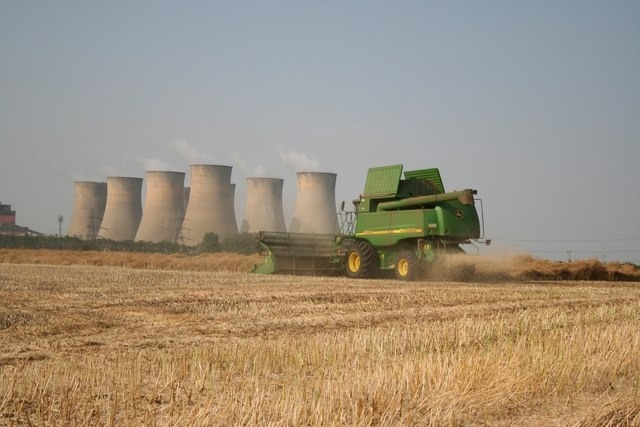With its own biodiversity levels at 'unsafe' limits, the UK has fuelled the destruction of habitats elsewhere in the world.

The Natural History Museum issued a stark warning in October when it revealed that the United Kingdom ranked among the least biodiverse countries in the world, having lost nearly half its native wildlife since the start of the agricultural revolution in the mid-17th century. Accompanying the release of a study of 58,000 species worldwide, from which the Museum positioned the UK in the worst 10 per cent of countries, Andy Purvis, who led the research, labelled the decline “devastating”. “Biodiversity loss is just as catastrophic as climate change,” he said.
In its Biodiversity Intactness Index (BII), the Museum puts the threshold for resilience at 90 per cent of intact native species. Above this “safe limit”, an ecosystem is highly likely to survive in a functional state; below it, and the chances of disruption, if not worse, grow. The global average currently stands at 75 per cent; the UK’s is recorded at 53 per cent. While its rate of loss has largely steadied in recent years, numerous species remain close to extinction. Onetime staples of the British countryside, such as the cicada and the turtle dove, may soon be no longer.
One reason for such a comparatively low score is the early beginnings of intensive agriculture here. The UK is where modernisation of farming practices – crop rotation, selective breeding, improved soil fertility and more – was pioneered three centuries ago. It is also where another culprit, the Industrial Revolution, took off. The combined effects of both might have transformed the UK into a global economic powerhouse, but they destroyed much of its wildlife.
This of course has serious implications for the future of human health, not just the health of plants and animals. Insects and birds, for instance, are central to pollination, which in turn is key not only to a diverse human plant-based diet, but to the production of crops that the animals we eat depend on. Biodiversity keeps the nutrient cycle ticking over, and its various functions – pollination included – keep our air, soil and water clean.
Yet the destroying of habitat to feed UK consumption doesn’t stop at our borders. Since the UK crossed its safe threshold some 200 years, it has, Purvis said, effectively been exporting biodiversity damage elsewhere. “Basically, we cashed in our natural capital for economic capital hundreds of years ago.”
As its spending power rose, and as its home-grown resources shrunk, the UK upped its imports, everything from food to timber to even sewage for fertiliser. By the early 20th century, as Susan Pedersen wrote in the London Review of Books in October, four-fifths of the bread being sold in the UK was made from imported wheat; indeed some 40 per cent of globally traded wheat ended up here. And with the very wealthy eating close to 400 grams of meat every day, the UK also began importing astronomical amounts of pork, beef and poultry. “No country was so dependent on imported meat,” Petersen noted. “With only 3 per cent of the world’s population, by 1930 Britain was taking 99 per cent of the world’s ham and bacon exports, 63 per cent of exported butter and 59 per cent of exported beef.”
Many of these animals were, of course, likely raised via intensive farming practices similar to those that had been used in the UK, and which had laid waste to so much of its countryside. And while the composition of imports has changed somewhat since the 1930s, the quantity of food being shipped to the UK remains high: today, half of everything consumed here is imported.
It’s clear that levels of domestic consumption are not only much too great for our own ecosystem, but are destroying faraway habitats too. But if we reduced the intensity of farming here, and thereby allowed our depleted stocks to regenerate – and yet did nothing to lower consumption levels or diversify patterns of consumption – it would just increase the burden on fragile regions elsewhere.
What’s not clear is whether the governments around the world, including in the UK, that continue to outsource habitat destruction consider depleted stocks elsewhere their responsibility. Yet the long-term consequences of such exploitative relationships are now being quantified.
“Under a scenario in which wealthy countries exploit low-income countries, Timor-Leste – currently home to some of the world’s most biodiverse marine habitats – could see its [Biodiversity Intactness Index] value fall by almost 25% by 2050,” the National History Museum wrote upon release of its study.
If anything, therefore, the Museum’s report should be understood not as an individualisation of crises, but something quite different: an illustration of how everything—human and insect, country A and country B—is interconnected.
